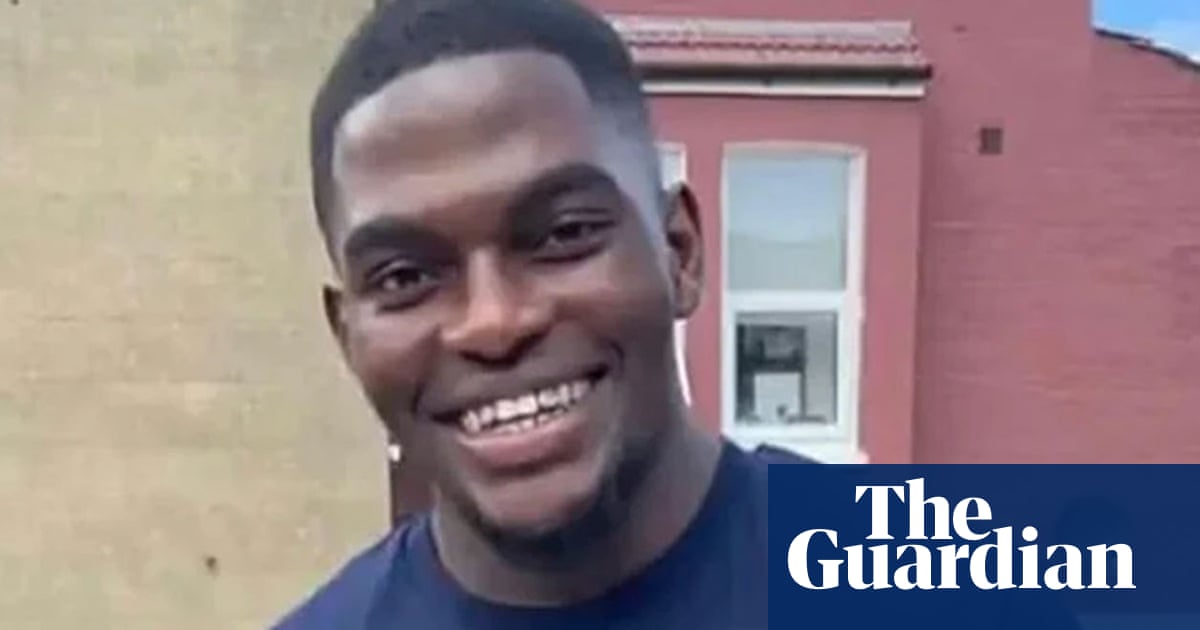The news article outlines the developments surrounding the police officer Martyn Blake, who was cleared of murder in the shooting of Chris Kaba. The Independent Office for Police Conduct (IOPC) has decided that Blake will face gross misconduct proceedings following the incident. This case highlights the ongoing discussions surrounding police conduct, the use of firearms, and the implications for communities, particularly among the Black population.
Public Interest and Community Impact
The decision to pursue misconduct proceedings is likely driven by the significant public interest in the case, especially among Black communities who may feel disproportionately affected by police actions. The comments from Amanda Rowe of the IOPC suggest an acknowledgment of the community's concerns and the emotional impact on Kaba’s family. This indicates that the article aims to address these sensitivities and highlight the legal processes in place, which could foster trust or skepticism towards law enforcement.
Legal Context and Implications
The article mentions that the legal threshold for misconduct is relatively low, which could imply that the proceedings will be taken seriously despite the previous murder clearance. The mention of potential legal changes regarding anonymity for firearms officers accused of serious crimes adds another layer of complexity to the discussion. This suggests a broader conversation about police accountability and the balance between protecting officers and ensuring transparency.
Potential Manipulation and Narrative Framing
While the article presents factual information, the framing of the narrative can influence public perception. The emphasis on community reactions and the role of the IOPC might suggest a push towards reform in police practices. However, it is crucial to consider whether the language used in the article leans towards sensationalism or bias. There is a possibility that the article aims to generate sympathy for Kaba’s family while simultaneously highlighting the challenges faced by police officers, which could be seen as a form of manipulation.
Comparative Analysis with Other Reports
When comparing this article to others covering police misconduct or use of force, patterns may emerge regarding how similar incidents are reported. Often, cases involving officers and minority communities receive heightened scrutiny, which can lead to public outcry and demands for change. This article fits within that context, suggesting a focused approach to discussing systemic issues within policing.
Societal and Economic Repercussions
The outcome of the misconduct proceedings could have significant ramifications for both the police force and the community. If Blake is found guilty of gross misconduct, it could lead to increased calls for police reform, affecting public trust in law enforcement. This, in turn, might impact local economies, particularly in areas where community-police relations are strained.
Support from Specific Communities
The article likely resonates more with communities advocating for police reform and accountability. Activists and organizations focused on racial justice may find this development noteworthy as it aligns with their goals of promoting transparency and accountability in law enforcement.
Market and Global Implications
While this specific incident may not directly impact stock markets, industries related to law enforcement, security, and community services could see fluctuations based on public sentiment and potential policy changes. The broader implications involve how policing practices are perceived globally, especially in light of movements advocating for justice and reform.
Use of AI in Reporting
There is a possibility that AI tools were used in composing this article, especially in data analysis or generating insights from similar cases. However, the human touch in nuanced reporting on sensitive topics remains crucial, indicating that while AI may assist, it cannot fully replace journalistic integrity.
In conclusion, while the article presents factual developments regarding Blake's case, the broader narrative reflects ongoing societal tensions regarding policing and racial justice. The portrayal of the incident and its implications can influence public perception and community relations with law enforcement, raising questions about accountability and reform.
